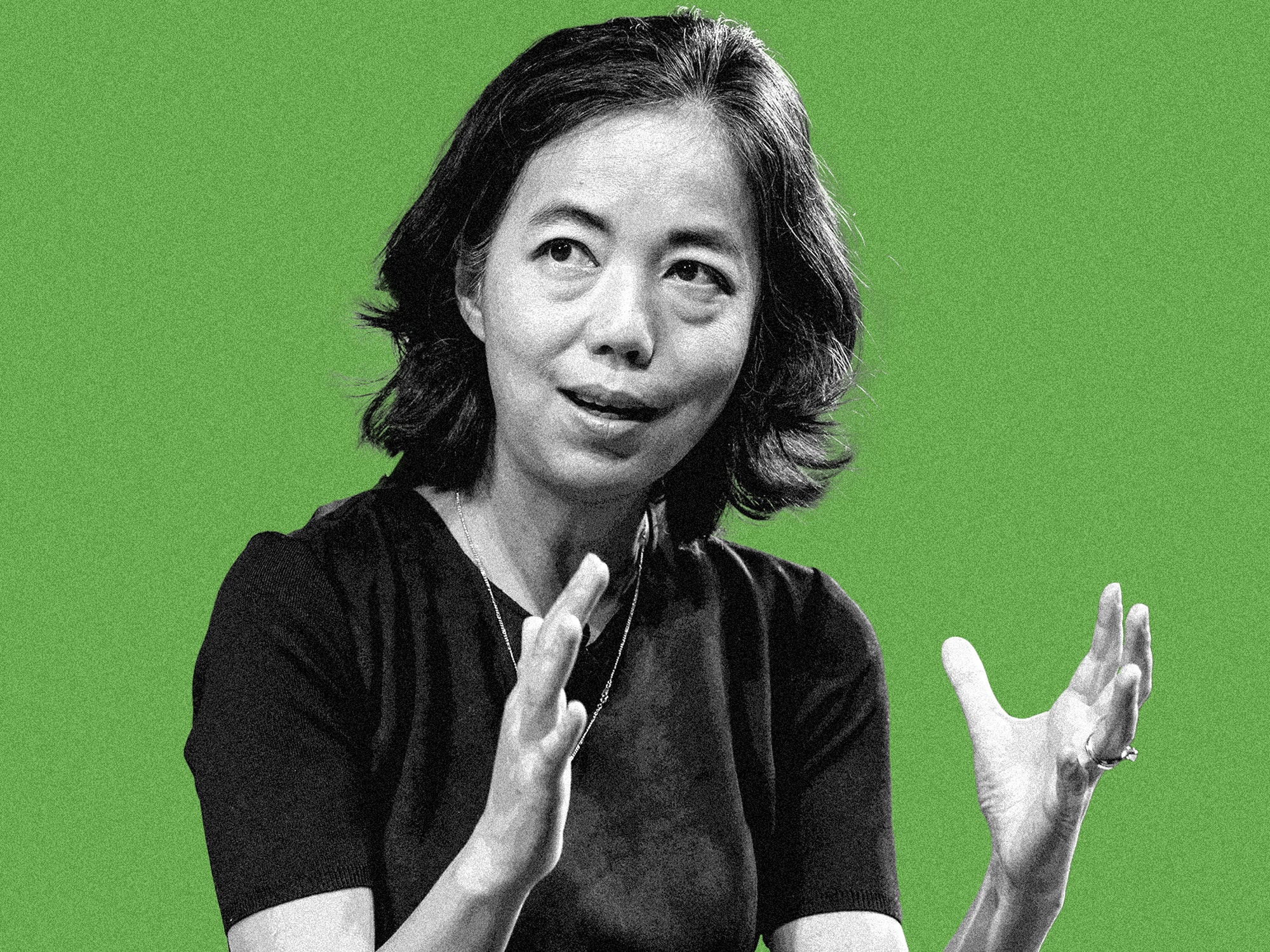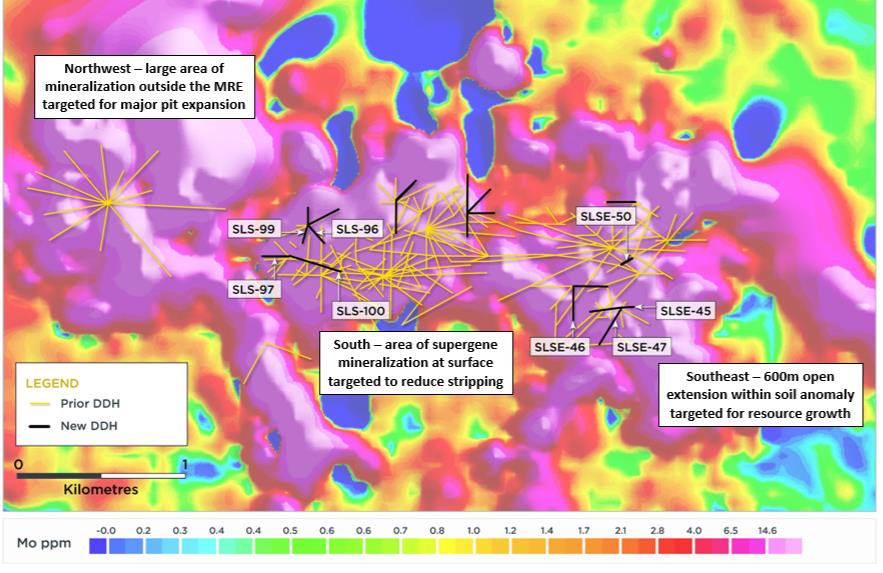That’s a long way away, and no slam dunk. World Labs promises a product in 2025. When I pressed the founders on exactly what the product would be and who the projected customers were—stuff like how World Labs will make money— they emphasized that they’re just ramping up. “There are a lot of boundaries to push, a lot of unknowns,” says Li. “Of course, we’re the best team in the world to figure out these unknowns.”
Casado is a little more specific. As with ChatGPT or Anthropic’s Claude, he notes, a model can be the product—a platform that others either use directly or that hosts other apps. Customers might include game companies or movie studios. I remember writing about how Pixar used to spend endless resources on things like monster fur or the movement of water. Imagine doing that with a one-sentence prompt.
World Labs is not the only company tackling what some are calling physical AI. “Building foundation models for general humanoid robots is one of the most exciting problems to solve in AI today,” Nvidia CEO Jensen Huang said earlier this year. I wrote recently about a company called Archetype that was also pursuing that line. But Casado insists that the ambition, talent, and vision of World Labs is unique. “I’ve been investing for almost 10 years, and this is the single best team I’ve ever, ever run across,” he says. It’s common for a VC to boost his bets, but he’s putting more than money into this one: For the first time since he became a VC, he’s a part-time team member, spending a day a week at the company.
Other VC firms are also chipping in, including Radical Ventures, NEA, and (surprise) Nvidia’s venture capital arm, as well as an all-star list of angels that features Marc Benioff, Reid Hoffman, Jeff Dean, Eric Schmidt, Ron Conway, and Geoff Hinton. (So you’ve got the godfather of AI backing the field’s godmother.) The late Susan Wojcicki also invested before her untimely passing last month.
Can all those smart people be wrong? Of course. You don’t have to squint too hard to see how the promises of World Lab overlap with a recent buzzword that debuzzed rather dramatically: the metaverse. The World Lab founders argue that the short-lived craze was premature, a blip based on some promising hardware that didn’t have the right interactive content. Large world models, they imply, could solve that problem. Presumably, none of those worlds would visualize AI as stuck on a plateau.
Time Travel
Last year, Fei-Fei Li came out with a combination memoir and AI love story, The Worlds I See. At the time I praised the book and discussed it with her in a Plaintext headlined, “Fei-Fei Li Started an AI Revolution by Seeing Like an Algorithm.“ Now she hopes to build worlds that no one has seen before.
Li is a private person who is uncomfortable talking about herself. But she gamely figured out how to integrate her experience as an immigrant who came to the United States when she was 16, with no command of the language, and overcame obstacles to become a key figure in this pivotal technology. On the way to her current position, she’s also been director of the Stanford AI Lab and chief scientist of AI and machine learning at Google Cloud. Li says that her book is structured like a double helix, with her personal quest and the trajectory of AI intertwined into a spiraling whole. “We continue to see ourselves through the reflection of who we are,” says Li. “Part of the reflection is technology itself. The hardest world to see is ourselves.”





